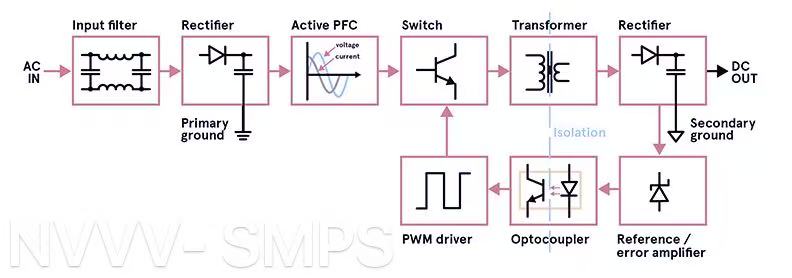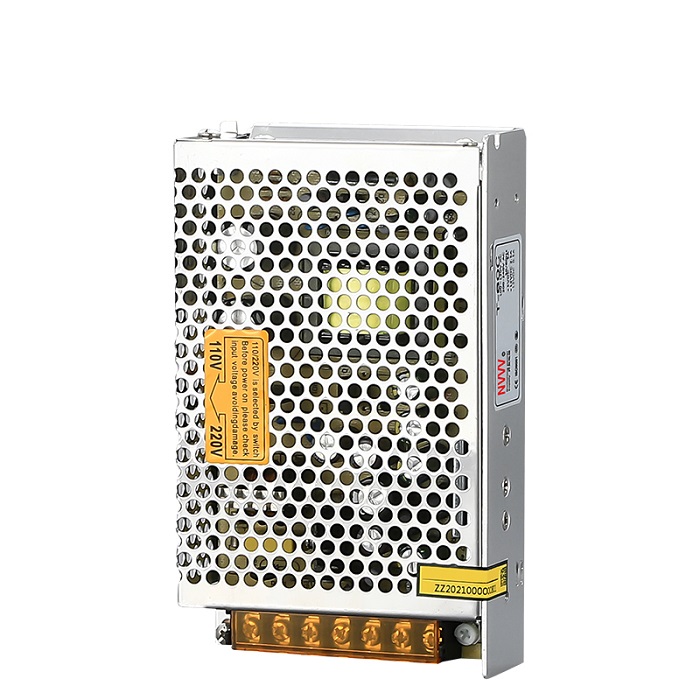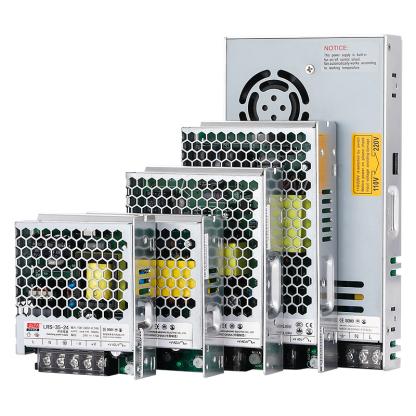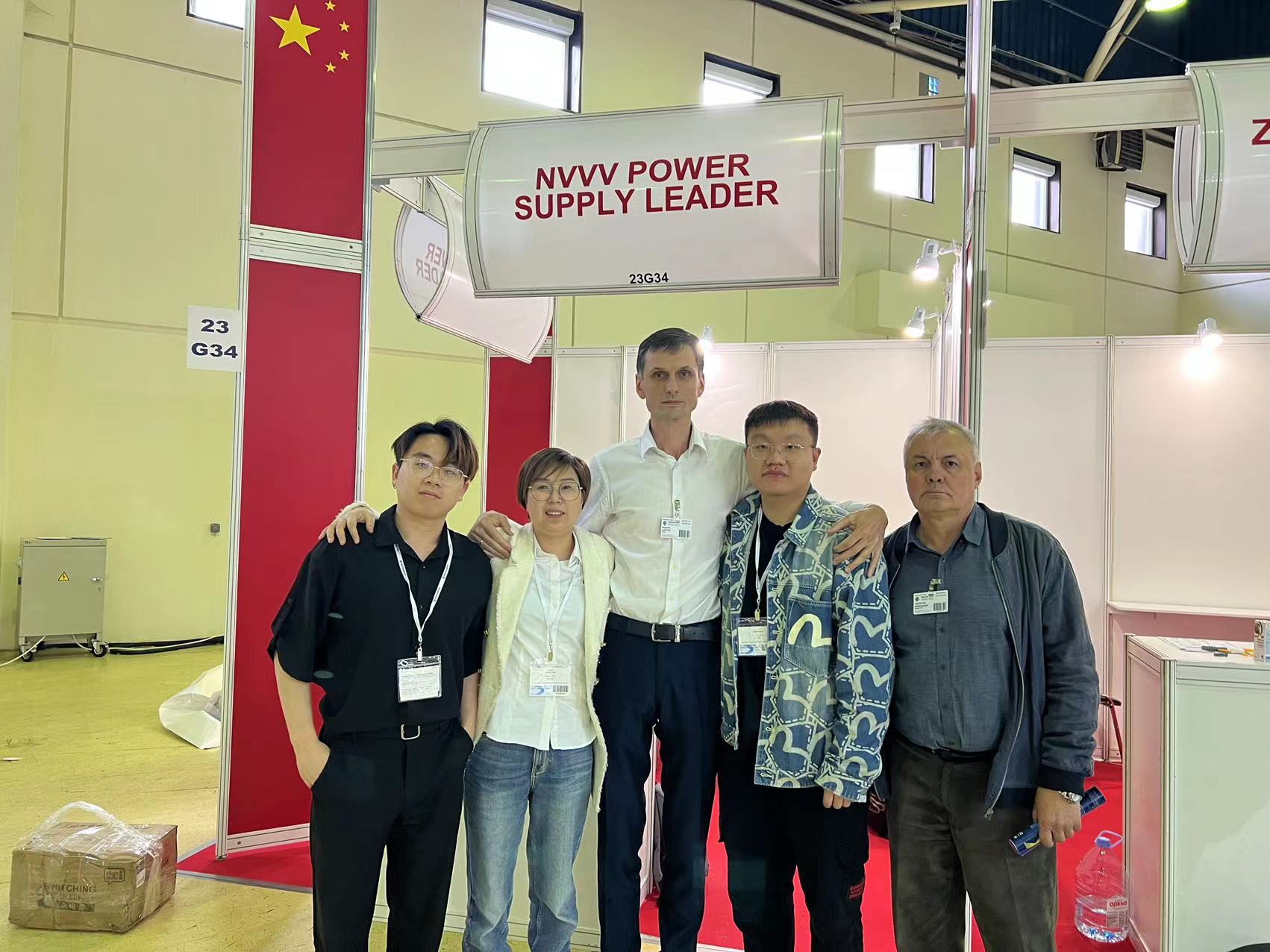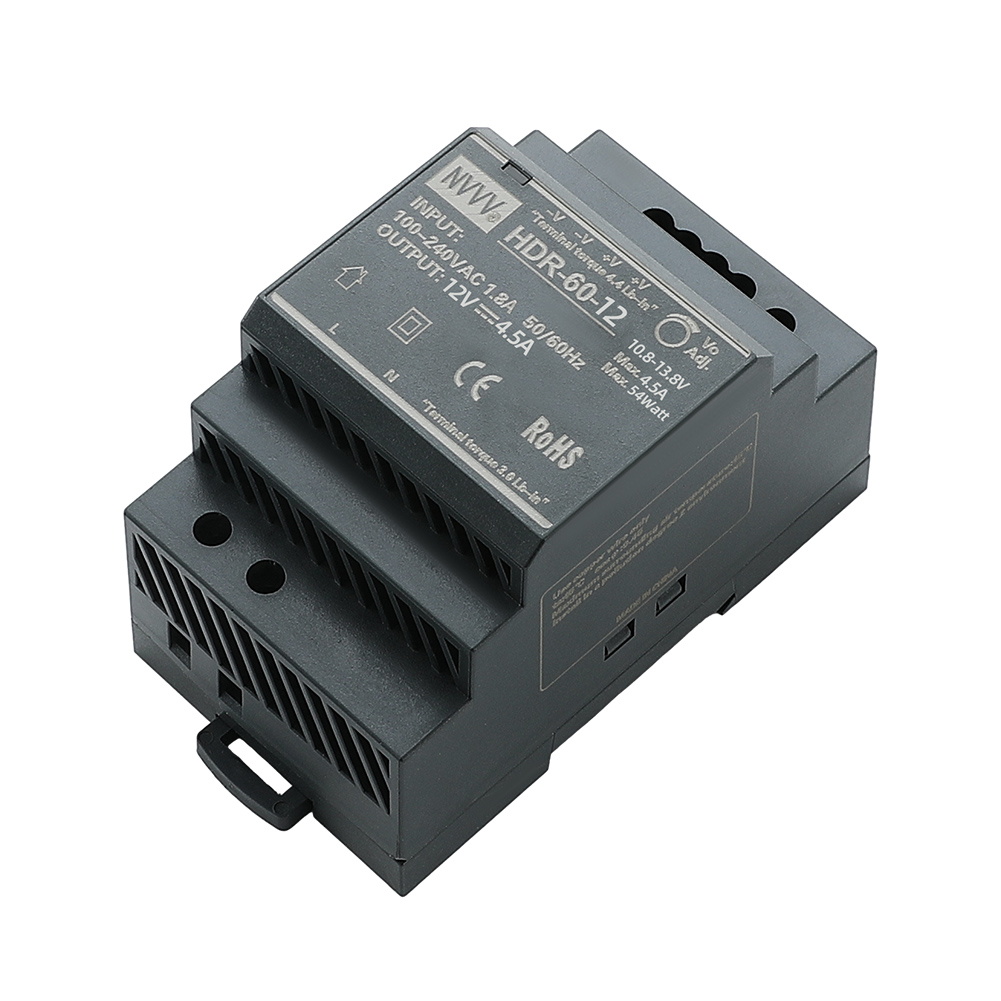Should Switched Mode Power Supply Have High Power?
Switch Mode Power Supply (SMPS), also known as switching mode power supply, is a widely used power conversion technology due to its efficiency, compact design, and versatility. One common question among users and designers is: Should an SMPS have high power? This article will explore the implications of high-power SMPS, including efficiency, thermal management, applications, and limitations.
Table of contents
Understanding Switch Mode Power Supply (SMPS)
The Relationship Between Power and SMPS
When Should an SMPS Have High Power?
When a Lower Power SMPS is Sufficient
Future Trends in High-Power SMPS
Conclusion
Understanding Switch Mode Power Supply (SMPS)
An SMPS is an electronic power supply that converts electrical power efficiently using high-frequency switching regulators. Unlike linear power supplies, which dissipate excess energy as heat, switching mode power supplies regulate output voltage by rapidly switching transistors on and off, minimizing energy loss.
The primary components of an SMPS include:
Rectifier and Filter: Converts AC to DC and smooths the waveform.
Switching Regulator: Controls power conversion using high-frequency switching.
Transformer (optional for isolation): Adjusts voltage levels and provides isolation.
Output Filter and Regulator: Ensures stable DC output.
SMPS is known for its efficiency, compact size, and flexibility in voltage regulation, making it ideal for a variety of industrial and commercial applications.
The Relationship Between Power and SMPS
The power rating of an SMPS depends on the application it serves. Power capacity in an SMPS generally ranges from a few watts (for small electronic devices) to several kilowatts (for industrial machinery and power systems). The key factors determining whether an SMPS should have high power include:
1. Application Requirements
Low-power SMPS (1W - 100W): Used in consumer electronics, mobile chargers, LED drivers, and network equipment.
Medium-power SMPS (100W - 1kW): Found in industrial automation, 3D printers, CNC machines, and embedded systems.
High-power SMPS (>1kW): Used in electric vehicles, data centers, telecom base stations, and heavy-duty industrial machinery.
|
Power Range |
Applications |
|
1W - 100W |
Consumer electronics, mobile chargers, LED drivers, network equipment |
|
100W - 1kW |
Industrial automation, 3D printers, CNC machines, embedded systems |
|
>1kW |
Electric vehicles, data centers, telecom base stations, heavy-duty industrial machinery |
2. Efficiency Considerations
Higher power SMPS units are generally more efficient compared to lower-power linear power supplies. However, the efficiency of an SMPS depends on factors such as:
Switching Frequency: Higher frequency reduces transformer size but increases switching losses.
Topology: Common topologies include buck, boost, flyback, and full-bridge, each with varying efficiency levels.
Cooling Mechanisms: Efficient heat dissipation is crucial in high-power switching mode power supply designs.
Power Factor Correction (PFC): In high-power applications, PFC is essential to reduce harmonic distortion and improve efficiency.
|
Factor |
Impact on Efficiency |
|
Switching Frequency |
Higher frequency reduces size but increases losses |
|
Topology |
Different designs impact energy conversion efficiency |
|
Cooling Mechanisms |
Better cooling enhances long-term performance |
|
Power Factor Correction |
Reduces power waste and improves stability |
3. Thermal Management Challenges
As power levels increase, SMPS must handle more heat generation. High-power SMPS designs incorporate:
Heat sinks and fans for active cooling.
Efficient PCB layout to minimize resistance and heat concentration.
Advanced semiconductor materials, such as GaN and SiC, which offer better thermal performance.
Liquid Cooling: Some extremely high-power SMPS designs use liquid cooling systems to dissipate heat effectively.
4. Size and Weight Trade-offs
High-power switch mode power supplies require larger components, including transformers, heat sinks, and capacitors. This increases the overall size and weight, making compact designs challenging. However, newer technologies such as GaN-based SMPS offer higher efficiency in a smaller footprint.
5. Cost and Reliability Factors
Higher power ratings often lead to increased costs due to more robust components.
Reliability concerns, such as failure due to thermal stress, require redundancy and fail-safe designs in critical applications.
Electromagnetic Interference (EMI) is more pronounced in high-power SMPS and requires stringent filtering.
Lifespan Considerations: High-power SMPS must use high-quality capacitors and MOSFETs to ensure long-term reliability.
|
Factor |
Considerations for High-Power SMPS |
|
Cost |
High-quality components increase cost |
|
Reliability |
Needs fail-safe mechanisms for durability |
|
EMI |
Requires advanced filtering methods |
|
Lifespan |
High-quality materials ensure longevity |
When Should an SMPS Have High Power?
Not every application requires a high-power switching power supply. Here are some cases where high-power SMPS is necessary:
Industrial Machinery & Automation: Machines like robotic arms, CNC equipment, and conveyor systems require stable, high-power sources.
Telecom & Data Centers: These require high-power, high-efficiency SMPS to support networking and computing infrastructure.
Electric Vehicles (EVs): Charging stations and on-board power supplies use high-power SMPS for energy-efficient operation.
Renewable Energy Systems: Solar inverters and wind turbines rely on high-power SMPS for DC-to-AC conversion and energy storage management.
Medical Equipment: Certain high-power medical devices, such as MRI scanners and laser surgery equipment, need stable and high-efficiency power supplies.
Military and Aerospace: Advanced defense and aviation systems require rugged, high-power SMPS to function under extreme conditions.
When a Lower Power SMPS is Sufficient
Consumer Electronics: Devices like smartphones, tablets, and IoT gadgets typically use low-power SMPS.
LED Lighting: LED drivers are often in the range of 10W to 100W and do not require high power.
Embedded Systems: Microcontrollers and single-board computers require only a few watts of regulated power.
Battery-Powered Applications: Many portable devices use efficient low-power SMPS to extend battery life.
|
Power Range |
Applications |
|
<10W |
IoT devices, wearables, sensors |
|
10W - 100W |
LED drivers, microcontrollers, battery chargers |
|
100W - 500W |
Small industrial equipment, gaming consoles |
|
500W - 1kW |
Mid-range automation, network devices |
Future Trends in High-Power SMPS
As technology advances, high-power switched mode power supply designs continue to evolve. Some key trends include:
Silicon Carbide (SiC) and Gallium Nitride (GaN) Power Devices: These materials offer higher efficiency and lower losses compared to traditional silicon-based transistors.
Digital Power Management: Smart controllers and AI-driven algorithms optimize SMPS efficiency dynamically.
Wireless Power Transfer (WPT): Emerging applications in industrial and automotive sectors.
Higher Integration: More compact, modular SMPS designs for increased power density.
Eco-Friendly Designs: Manufacturers are prioritizing energy-efficient designs to comply with stricter global energy regulations.
Conclusion
So, should a switch mode power supply have high power? The answer depends on the specific application, efficiency requirements, and design constraints. While high-power SMPS offers advantages in industrial, telecom, and automotive sectors, lower-power switching mode power supplies remain crucial for consumer electronics and embedded systems.
When choosing an SMPS, factors such as efficiency, heat dissipation, size, cost, and reliability must be carefully evaluated. With advancements in power electronics, future SMPS solutions will continue to push the boundaries of power efficiency and miniaturization, making them even more versatile across industries.
At NVVV, we specialize in delivering high-quality, reliable, and efficient industrial power supply solutions. Whether you need low-power SMPS for embedded systems or high-power switching mode power supplies for industrial applications, our products are designed to meet the highest standards of performance and reliability. Explore our range of industrial power supplies to find the best solution for your needs.

